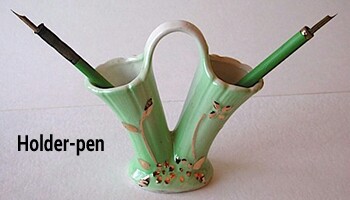The place was Bhopal. The year was 1966. It was a very pleasant evening and I had just come out of a picture hall after watching a movie in the afternoon show.
I was on a short visit to Bhopal. A Bengali friend had accompanied me to Bhopal and to this movie. Having spent all the time since birth inside Bengal, he then knew very little of hindi but was in the process of picking up phrases .
"So! " I smiled at my bengali friend, raising my eyebrows, as we sat across in a restaurant for a cup of tea after coming out of the theatre.
" Phir kya hau? " he shot back, as he lowered the cup of tea from his lips and chuckled.
" But do you know the meaning of PHIR KYA HUA ?" I asked.
" Ofcourse I know! It means 'what happened next' ", he replied, "That dancing girl was telling a story in the song and a funny looking villager had asked this question since the girl had paused while singing" he said.
That was exactly so. The film was "MERA SAYA", the song was "phir jhumka gira re Bareili ke bazaar me" and the dancer was the talented star of the sixties, film star Sadhana.
On twenty fifth december 2015 Sadhna Shivdasani went the way of all flesh, never to come back, leaving behind memories and so many wonderful films.
It was a non-event for most of the national newspapers. She had been forgotten.
"Mera Saya" was a milestone in the history of bollywood. It became a superhit. The acting of Sadhna and, that most under-rated of vastly talented actors, Sunil Dutt, were incredibly perfect. It was the golden age of Cinema both in Bollywood. So many high quality films with great acting, great music directors, great singers and great lyricists. It was the best of times for Bollywood.
Unfortunately the last days of Sadhna make a painful statement about the reality of life and the consequences of not planning one's life properly. In the last years of her life sadhna was all alone, her husband having died of chest infections long time back. she had no children of her own. Bollywood had deserted her completely - except for a few friends like Helen, Nanda, Waheeda Rahman and Asha Parekh.And a most surprising thing was that Sadhna was without a house of her own even after a long money-minting career and was living in a portion of a bungalow owned by another film celebrity. During her last years she had been fighting a debilitating illness and a string of court cases with the property owner and other tenants.
That recalls the advice Ashok Kumar had given to one of the character actors of his salad days. This character actor, inebrieted with success, was squandering money. "Don't squander the money that you are making now." Ashok kumar had reportedly said, "Your first priority should be to save for a house in Bombay as you don't know how long your film career would last". Golden advice! And the immensely successful Sadhna and her husband failed to take this basic step for future security. In this respect shyama, a successful star of 1950s, was very wise and practical and had invested money in property and other securities with the result that she had a very comfortable life beyond her acting years .
Nevertheless Sadhana left behind footprints in the sands of time. She was one of the greatest natural actors and in the company of other great natural actors she gave us unforgettable films. One such film was "PARAKH". There where so many more Too.
































